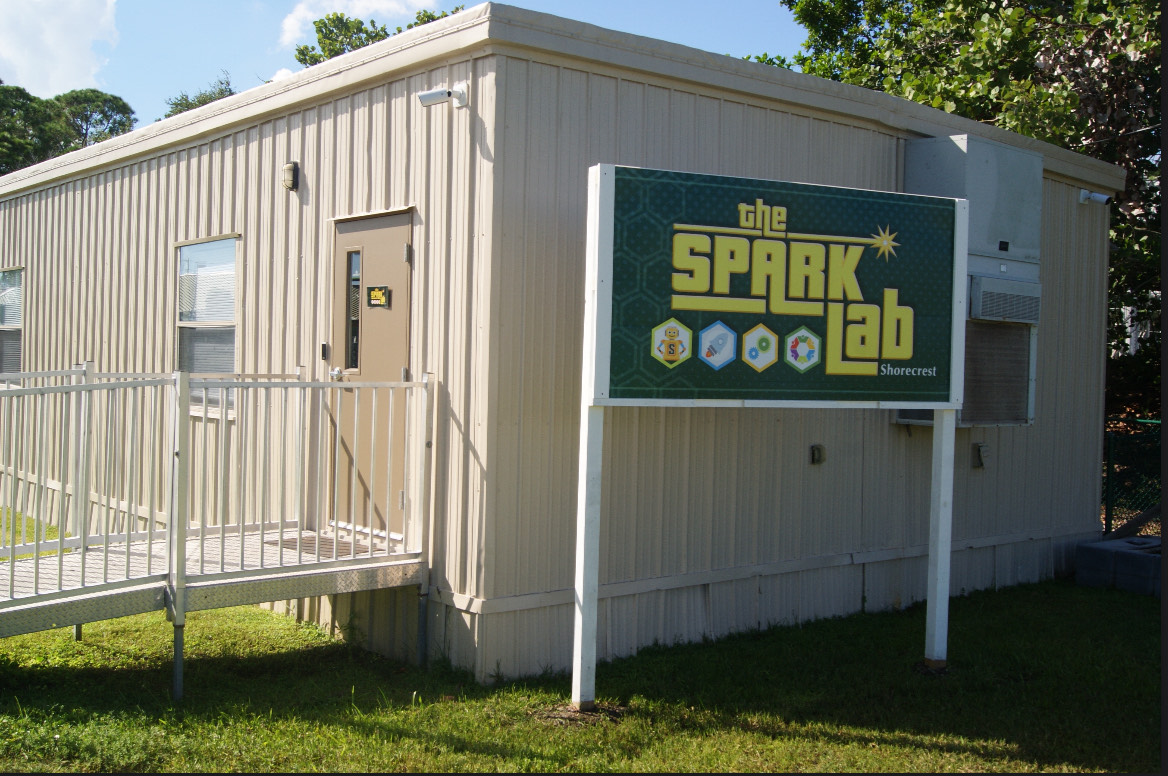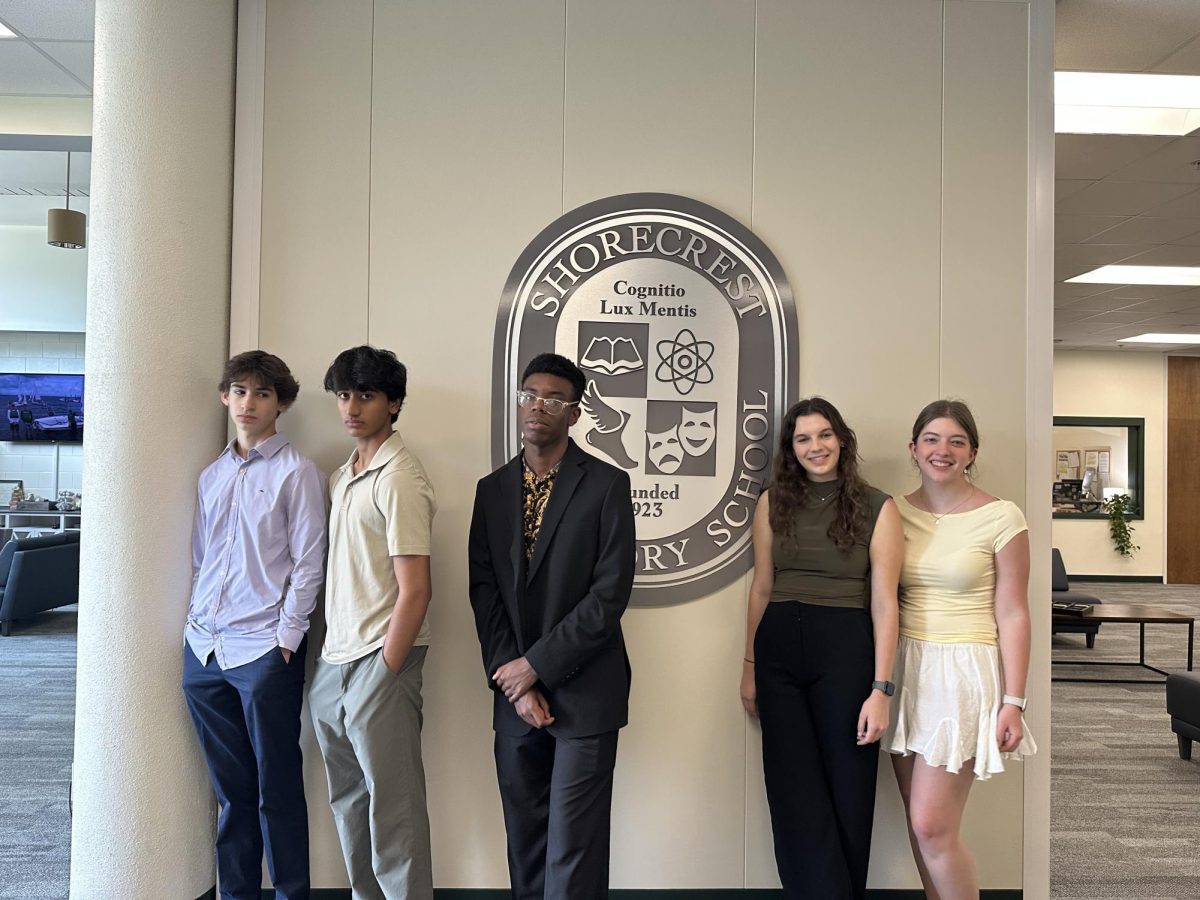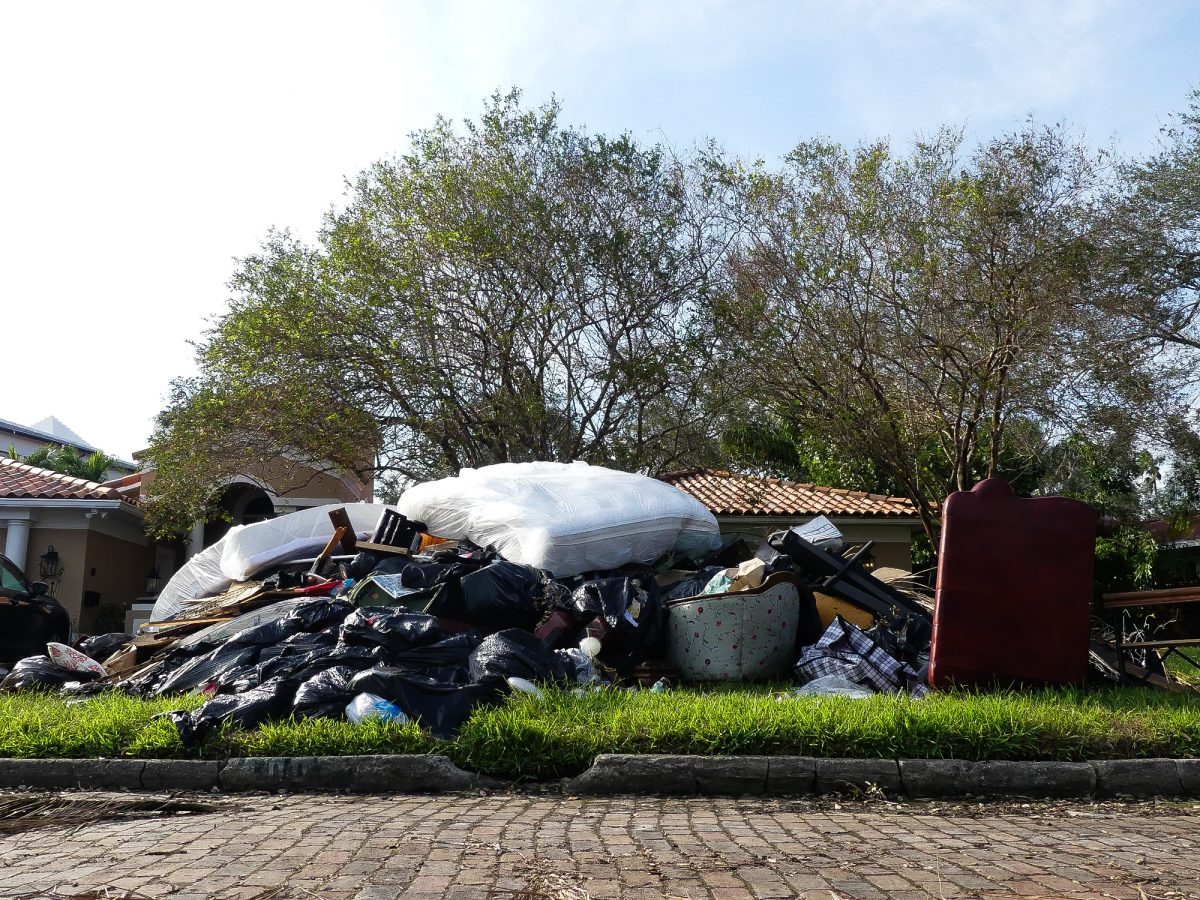Imagine this: you’re in a deep sleep, swinging effortlessly through a lush green forest like an ape, your problems cast into a bay far below your feet. At this point, you think nothing can conquer you—not even your fears.
Then you wake up. The idyllic forest your mind created disappears. But, what if this were to happen in real life? What if you woke up one day and all the forests were gone? That’s what could happen if large amounts of carbon dioxide continue to be pumped into our atmosphere, leaving the trees to clean up the mess we made until that mess becomes too big, even for them.
When we think about global warming, we worry about carbon emissions from gas-powered vehicles and methane from cows, but we don’t think about the impact our computer-use has. As artificial intelligence (AI) continues to shape the modern world, concerns about its environmental footprint are growing.
According to a Washington Post study, when Chat GPT is used to create a 100-word email, it takes the same power as powering 14 LED bulbs for an hour. The energy-intensive process of training and running large AI models requires vast computational power, leading to high carbon footprints from the data centers that power them.
On top of carbon emissions, AI models utilize large amounts of water, primarily for cooling the massive servers used in data processing.
A recent study done by researchers at the University of California Riverside reports that Microsoft used approximately 700,000 liters of freshwater during the training of GPT-3, another AI platform developed by OpenAI. Additionally, a simple ChatGPT conversation involving 20 to 50 questions consumes about the same amount of water as a 500 mL bottle. While this may seem negligible, when considering the scale of global AI usage, the environmental impact becomes incredibly significant.
However, the degree of ChatGPT’s impact on the environment has sparked debate among students, with many advocating for a balance between innovation and sustainability. Senior Cooper Register said, “I believe ChatGPT should continue with future development, but they need to keep in mind what is happening to the environment. In a world increasingly reliant on AI, a more environmentally friendly version should be made in the future.”
Register also expressed concerns about his personal usage of AI. “ChatGPT isn’t needed for me, and I don’t really use it. So it’s more important for me to keep a safe environment than to use ChatGPT,” he said.
Despite these concerns, Register remains optimistic about AI’s future. “I feel like ChatGPT is a part of the future and needs to continue to progress,” he said. “I believe one day they will be able to make an environmentally friendly model.”
Tech companies have acknowledged these concerns and are exploring ways to make AI more sustainable. Senior Carson Granese, who has won multiple awards for his technological innovations, including placing 1st at regionals—twice—for advanced machines and robotics, sees the current issues, but still has faith in more eco-friendly changes to future AI innovations.
“Since this technology rose so quickly and is still in its early stages, there is room for improvement,” he said. “Many tech companies, including Microsoft, have already started considering the impact of AI on carbon dioxide emissions, leading them to invest in nuclear power.”
Granese also believes that as the AI industry matures, its environmental costs will decrease. He said, “Although the current versions of AI models like ChatGPT have many environmental problems, I believe that as the AI craze starts to fade, the costs—both monetary and environmental—will decline.”



























![Thespians pose on a staircase at the District IV Thespian Festival. [Front to back] Luca Baker, Maddison Cirino, Tanyiah Ellison, Alex Lewis, Summer Farkas, Jill Marcus, Ella Mathews, Sanjay Sinha, Isabella Jank, Sofia Lee, Boston Littlepage-Santana, Sally Keane, Tyler Biggar, Tanner Johnson, Jasper Hallock-Wishner, Remy de Paris, Alex Jank, Kaelie Dieter, and Daniel Cooper. Photo by Michael McCarthy.](https://spschronicle.org/wp-content/uploads/2024/12/image1-900x1200.jpg)











